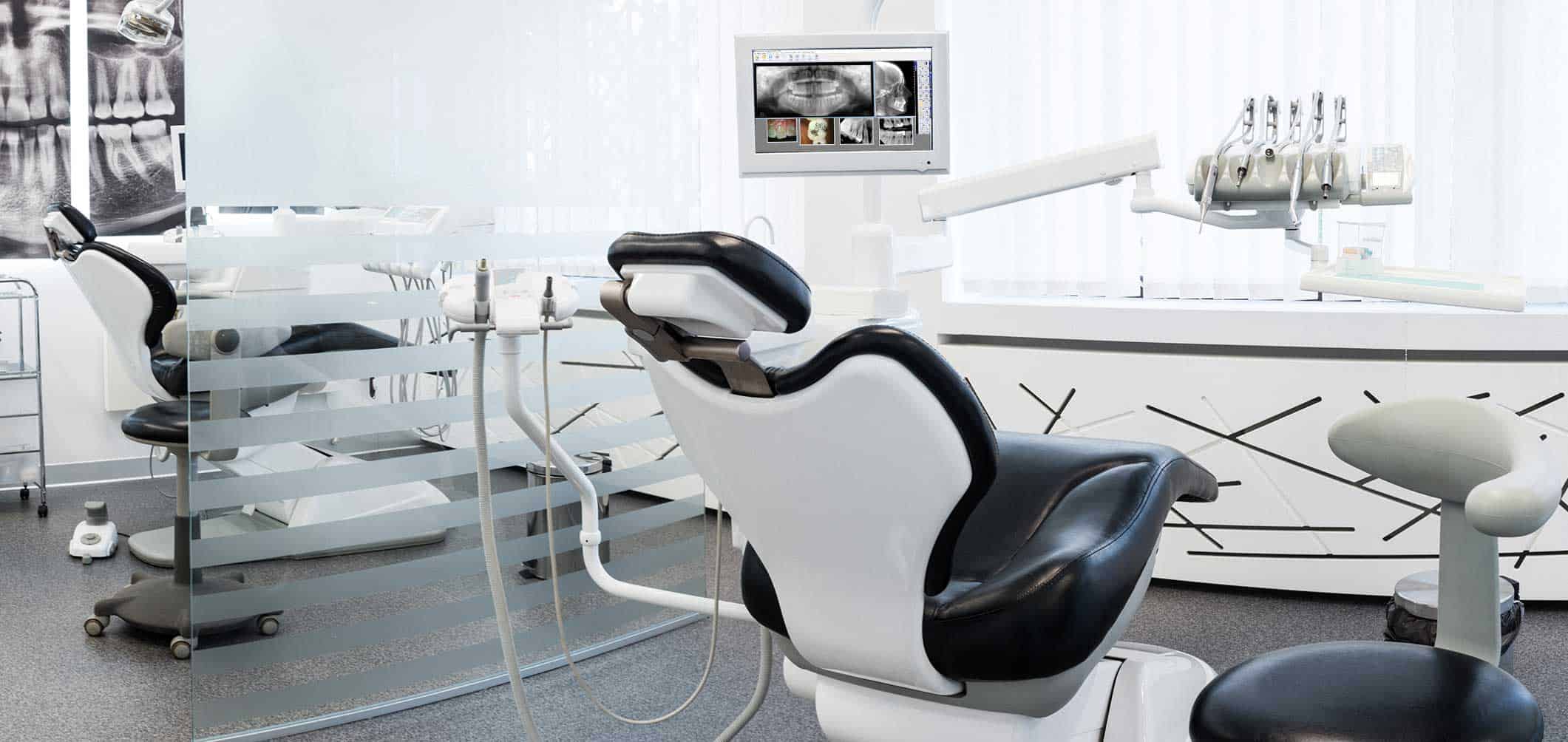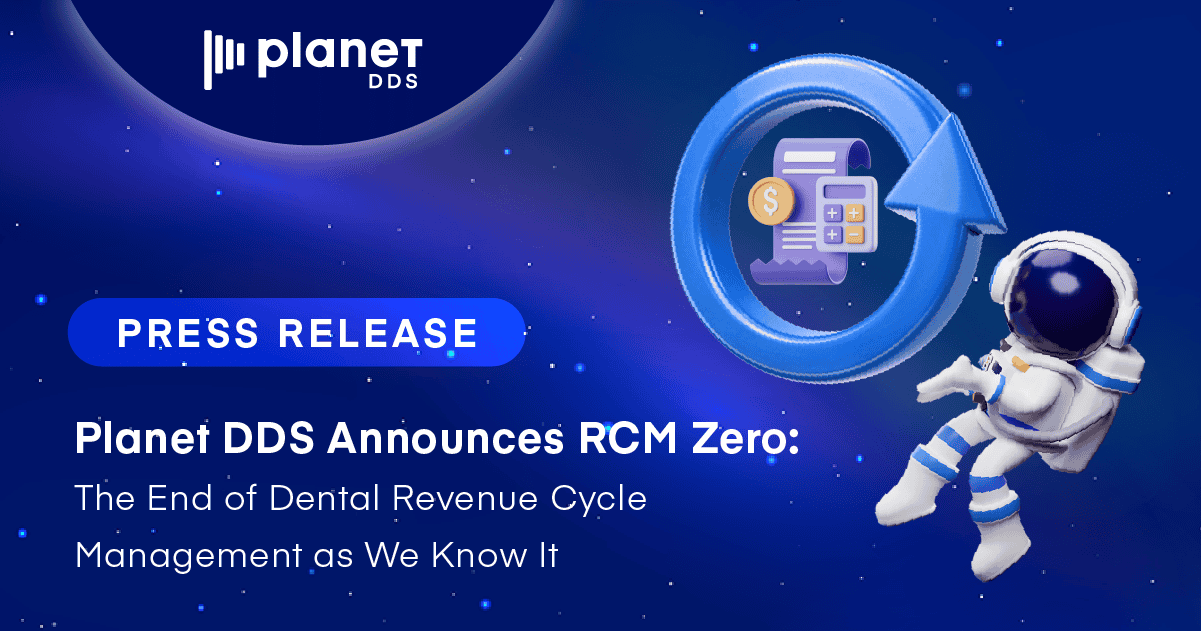DEXIS Software Cost vs. Apteryx XVWeb: Which is the Best Imaging Solution for You?

Selecting the imaging software solution for your practice is not a decision to be made lightly. Taking and reading radiographs is central to your daily practice workflow and production. Your research process will likely point you to the market leaders and choosing between several strong options can be difficult.
As one of the top imaging software providers for over 25 years, we at Apteryx have often found our solutions, XrayVision and XVWeb, on the top of a short list with the DEXIS Imaging Suite from Kavo (formerly Kavo Kerr). We don’t mind acknowledging other quality solutions and we know that we’re not the only imaging company out there. The fact is that DEXIS software cost and Apteryx approach things fundamentally differently in some very important areas. So, we also accept that in some cases one product or the other may be a better fit.
In this article I will offer some key categories for comparing the DEXIS Imaging Suite with solutions available from Apteryx. My goals are straightforward — to simplify the research process allowing you to walk away satisfied with whichever system you choose.
Comparing DEXIS Software Cost to Apteryx
Hardware Integration
Easy integration with your preferred hardware suppliers is an important consideration in selecting your imaging software. On this issue, DEXIS and Apteryx have been at opposite ends of the spectrum regarding their design philosophies. DEXIS is a hardware-first company and has traditionally been a “closed” architecture platform. Apteryx is first and foremost an imaging software company built on a “open” architecture value proposition.
As an open platform, Apteryx is going to have a lot more direct integrations with the universe of dental hardware devices than DEXIS. Direct integrations are the gold standard in connectivity because they offer greater efficiency (less clicks) and capture all of the metadata from the connected device such as serial numbers, manufacturer and model, as well as critical exposure information such as the mA (milliamperes of current used), and kVp (peak kilovoltage).
DEXIS is going to integrate well and have direct integrations with their own hardware brands. Connecting with competitive hardware brands may not be quite as convenient and will often rely on TWAIN driver integrations, which are much “clickier” and less data rich than direct integrations.
Conclusion: DEXIS Imaging Suite may be a good option for practices that are highly committed to DEXIS hardware. If you plan to mix and match hardware from multiple vendors an open solution from Apteryx might be preferred.
User Interface and Workflow
Both DEXIS and Apteryx are easy to use and have intuitive interfaces. Once again though, the design approaches, look and feel, and workflow are very different in some respects. I think a great analogy is Apple and Microsoft – while the interfaces are different, and fans may have near religious beliefs about their particular camp, both MacOS and Windows are very functional, capable personal computer operating systems.
As an example of the differences, Apteryx and DEXIS use very distinct paradigms for doing longitudinal image comparison (comparing the same X-rays taken at different appointments). Apteryx, along with most other imaging software providers, follows a more traditional approach of chronologically arranged thumbnails that are individually selected and then activated with a side-by-side comparison feature. DEXIS has an interface that’s pretty unique to dental imaging. FMX’s are chronologically layered with the individual tooth images being overlayed and accessed through a series of cascading movable tiles.
While not strictly a software workflow issue, DEXIS is also unique in the industry in having a one size fits all sensor (versus the typical size one and size two sensor). Because DEXIS Imaging Suite is really optimized to work with DEXIS sensors, the overall workflow is heavily influenced by the hardware design. The theory behind the DEXIS size 1.5 sensor is that it’s easier to position than a larger size two sensor, speeding the process of taking an FMX. Detractors cite challenges in capturing the subgingival with the size 1.5 and also that size two sensors yield the largest possible image for the same dose of radiation.
Conclusion: Both DEXIS and Apteryx offer easy-to- use interfaces and efficient workflows. The user experience is largely a function of preference and familiarity. DEXIS puts a lot of emphasis on ease of use but make sure you’re comfortable with non-traditional elements of the workflow and a one size fits all sensor approach.
Scalability (Multi-Office Support)
The ability to support and share images across multiple locations is important to existing group practices and DSO’s. It’s also an important consideration if expansion beyond a single location is in the future for your private practice.
For DEXIS, as well as most on-premise imaging solutions, multi-office scalability is a challenge. Integration of hardware, backups, and maintenance become more complex, costly, and unreliable as each new location is added. The difficulties and cost compound exponentially with scale and the sheer size of imaging files.
Related: Dental Imaging Software: Cloud-Based Versus On-Premise Solutions
Cloud based solutions are indisputably better suited to multi-location practice situations. Since Apteryx offers both an on-premise product (XrayVision) and cloud-based imaging via XVWeb, it has a distinct advantage in the area of scalability. Benefits of a cloud-based imaging platform, from not requiring on-premise servers, to unlimited files storage capacity, to continuous backups and automatic updates, make a cloud-based imaging solution ideally suited as practice’s grow beyond a single location.
Conclusion: Consider your needs for supporting imaging at multiple locations. DEXIS is a strong solution for the individual private practice as is Apteryx’s on-premise offering, XrayVision. If you’re experiencing integration challenges as you scale or your future plans include adding locations, XVWeb from Apteryx merits investigation.
Related: The Top 8 Benefits of Cloud-Based Dental Imaging Software
Cost
Directly comparing DEXIS and Apteryx imaging software costs is complicated by two factors. The first is that DEXIS is really focused on selling their hardware like their DEXIS Platinum and DEXIS Titanium X-ray sensors. The software is typically bundled with a hardware purchase, and package discounts make apples-to-apples comparisons challenging. Secondly, DEXIS does not publish pricing on their website, so our information is based on our experience in competitive deals.
What is commonly understood is that DEXIS hardware and software is a premium solution with premium pricing. We have typically seen DEXIS Imaging Suite (a.k.a. DEXIS 11) with line item pricing in bundled quotes in the range of $4,000 with support and warranties costing around $2,000 annually. Pricing for XrayVision and XVWeb is published on the Apteryx website. A primary site license with 4 additional users is just under $2,000 and support costs $400 per year. XVWeb (cloud-based) is sold on a subscription model with pricing ranging from $129/month to $229/month based on the number of capture stations and storage requirements.
A significant difference between Apteryx and DEXIS is in optional add-ons. Apteryx has more of an all-inclusive approach whereas DEXIS can be expanded or customized via add-on modules which are unlocked at an additional cost. Typical modules may include DEXIS Integrator for connectivity with your practice management system and DEXimage for capturing extraoral and intraoral camera images. There are 12 separate modules so it’s important to understand all the capabilities you want as well as the additional costs to unlock the associated modules.
Conclusion: DEXIS offers high-quality hardware and software bundles that produce great images. Pricing for their software (and hardware) is on the higher end of the market. Try to anticipate and purchase the add-on capabilities upfront as adding the modules after the initial purchase is typically more costly. Apteryx has two very different pricing models depending on whether you choose XrayVision (on-premise) or XVWeb (cloud-base subscription pricing). Both solutions provide high quality images, are relatively all-inclusive, and have lower initial pricing than DEXIS.
Apteryx vs. DEXIS: Making the Choice
Both Apteryx and DEXIS offer very capable imaging software solutions, produce great images, and have a long track record of success in dental imaging. For single location private practices that are committed to DEXIS hardware platforms and don’t mind paying a premium price for a premium brand, DEXIS may be a natural fit. For more cost-conscious practices that prefer to mix and match hardware from many suppliers, multi-location group practices, DSO’s, and private practices contemplating growth beyond a single location, Apteryx may be a better option.
If we can be of further help with your research, please contact [email protected].
If you need a quote for imaging software or compatible equipment we’re happy to help you. Request a quote or call: 800-861-5098.



